Fireflies, also known as lightning bugs, big dippers, and moon bugs, are famous for their distinctive glow. Beyond illuminating the night with their twinkling lights, fireflies play a vital role in the environment.
They consume garden pests that damage plants, do not bite or sting, and unlike many insects, they do not transmit diseases.
Global Recognition For Fireflies

These nocturnal beetles are finally receiving global recognition.
At the 2023 TEDWomen conference, conservationist and insect scientist Wan Faridah Akmal Jusoh spoke passionately about fireflies and the importance of their conservation.
“Flashing In Almost Perfect Unison”
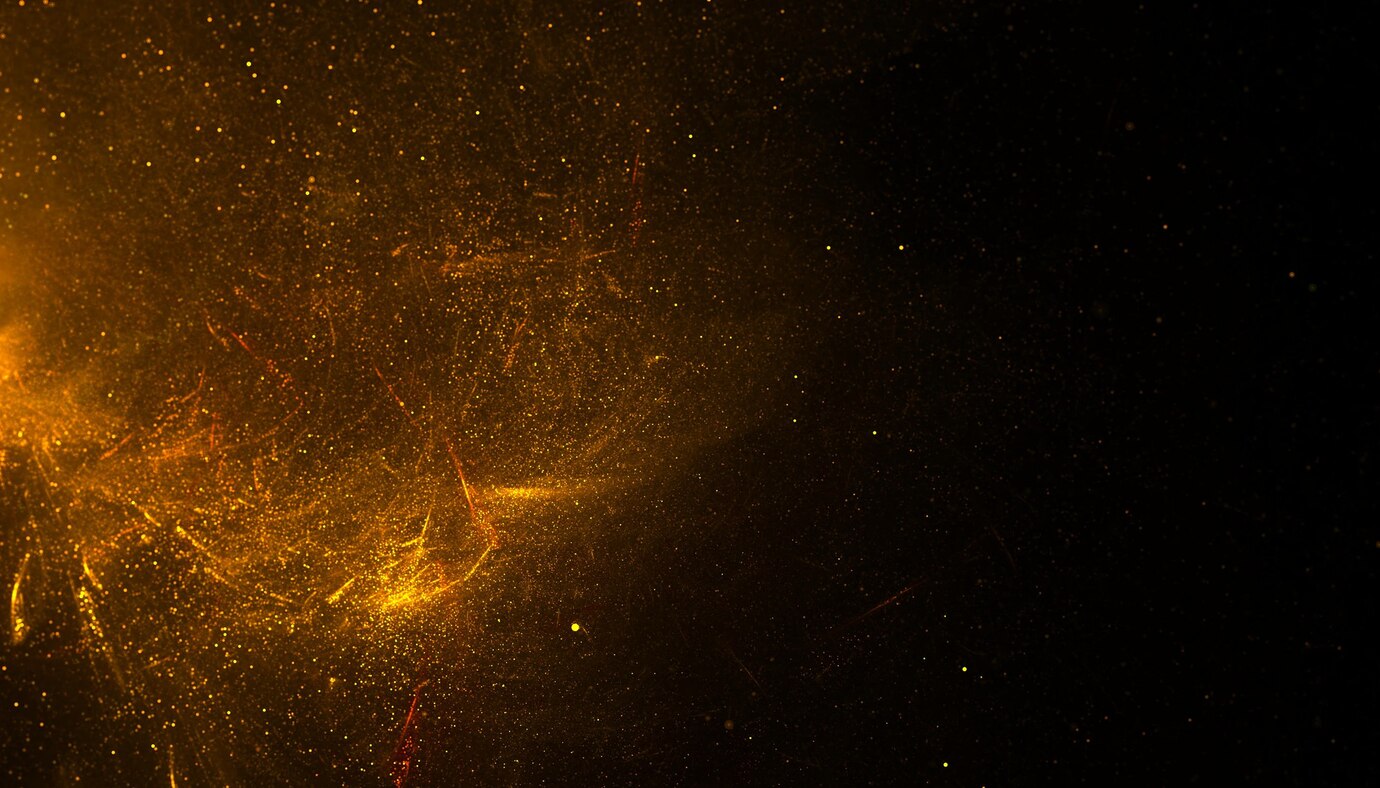
Freepik
Jusoh, who grew up on the coast of Peninsular Malaysia, often visited a mangrove estuary to witness fireflies, known as “kelip-kelip” in Malay, “flashing in almost perfect unison.”
This childhood experience sparked her lifelong fascination with fireflies, leading her to dedicate her career to their study and preservation.
Fireflies Species Have Their Own Distinct Flashing Patterns
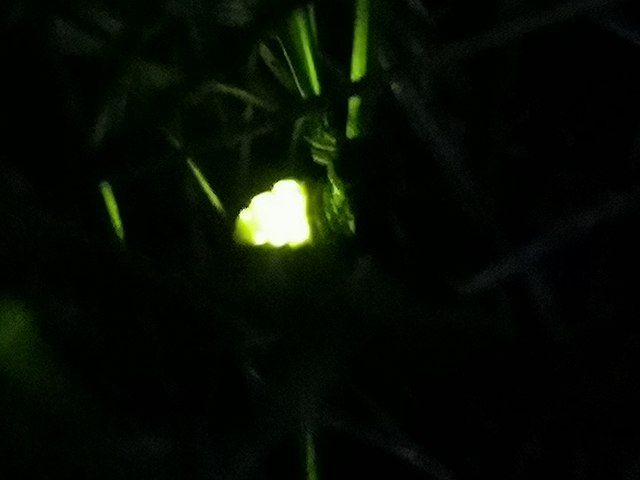
Freepik
Each firefly species is distinct. “There are more than 2,000 firefly species that we know of, and they live all around the world,” Jusoh mentioned in her Talk. “They are found on every continent, except for Antarctica.”
While most fireflies can fly and emit light, Jusoh highlighted that each species has a “unique light pattern.” “The light is produced by special organs under the abdomen. … Some glow continuously, while others emit discrete flashing patterns, almost like a secret code,” she explained.
More Than Just Pretty Lights

Freepik
Jusoh emphasized that fireflies are “so much more than pretty lights.” Their presence is crucial for a healthy ecosystem.
The lifecycle of fireflies maintains ecological balance, with each life stage requiring specific habitat conditions.
Decline In Fireflies Means A Degrading Eco-System
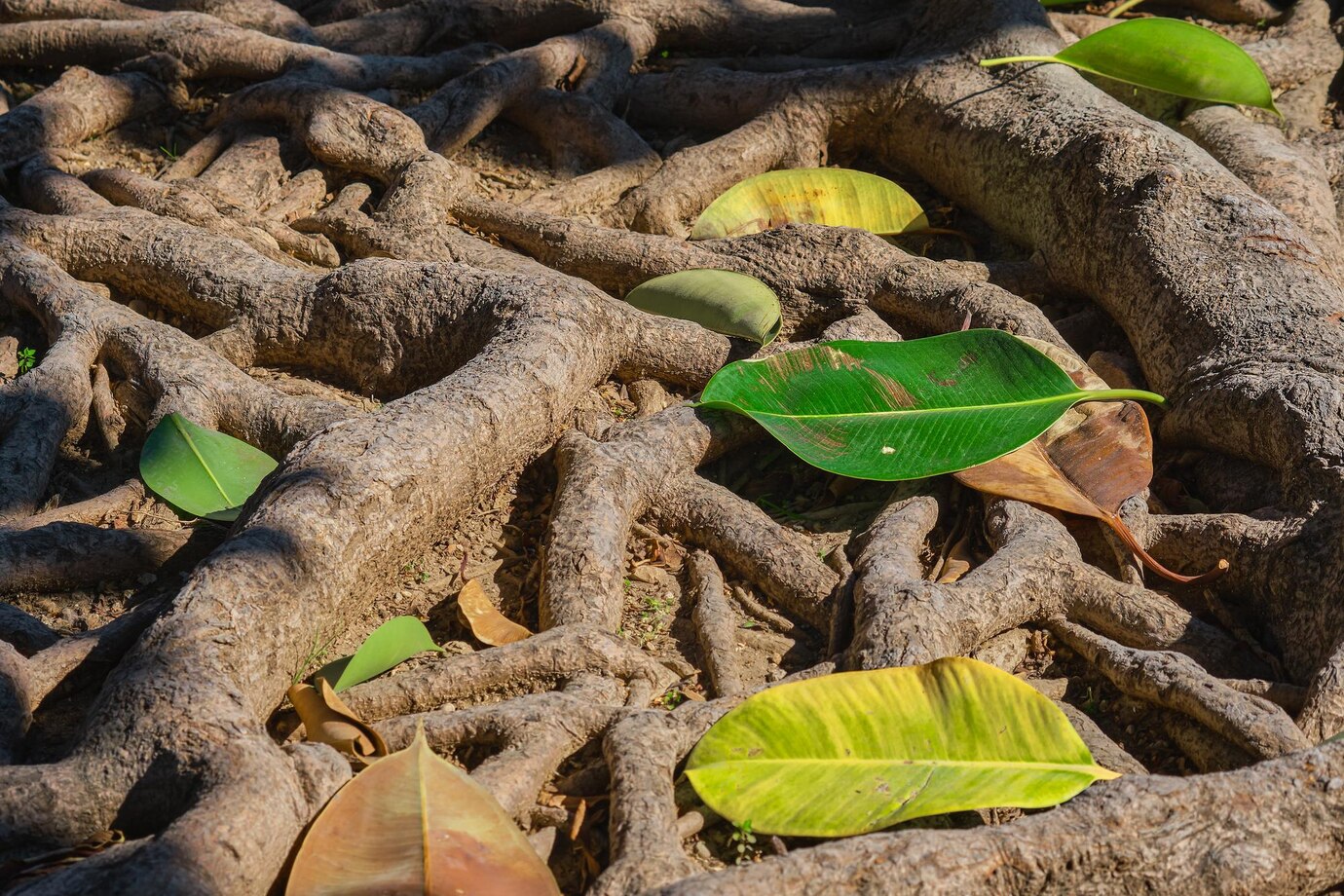
Freepik
Declining firefly populations indicate environmental degradation. “In a mangrove forest, when you see a population of fireflies decreasing, that could be due to water quality degradation, which can be a sign of a collapsing food chain,” Jusoh noted.
Since firefly larvae consume snails, and snails thrive only in good water quality, a decline in fireflies signals broader ecological issues.
“Canary In A Coal Mine”
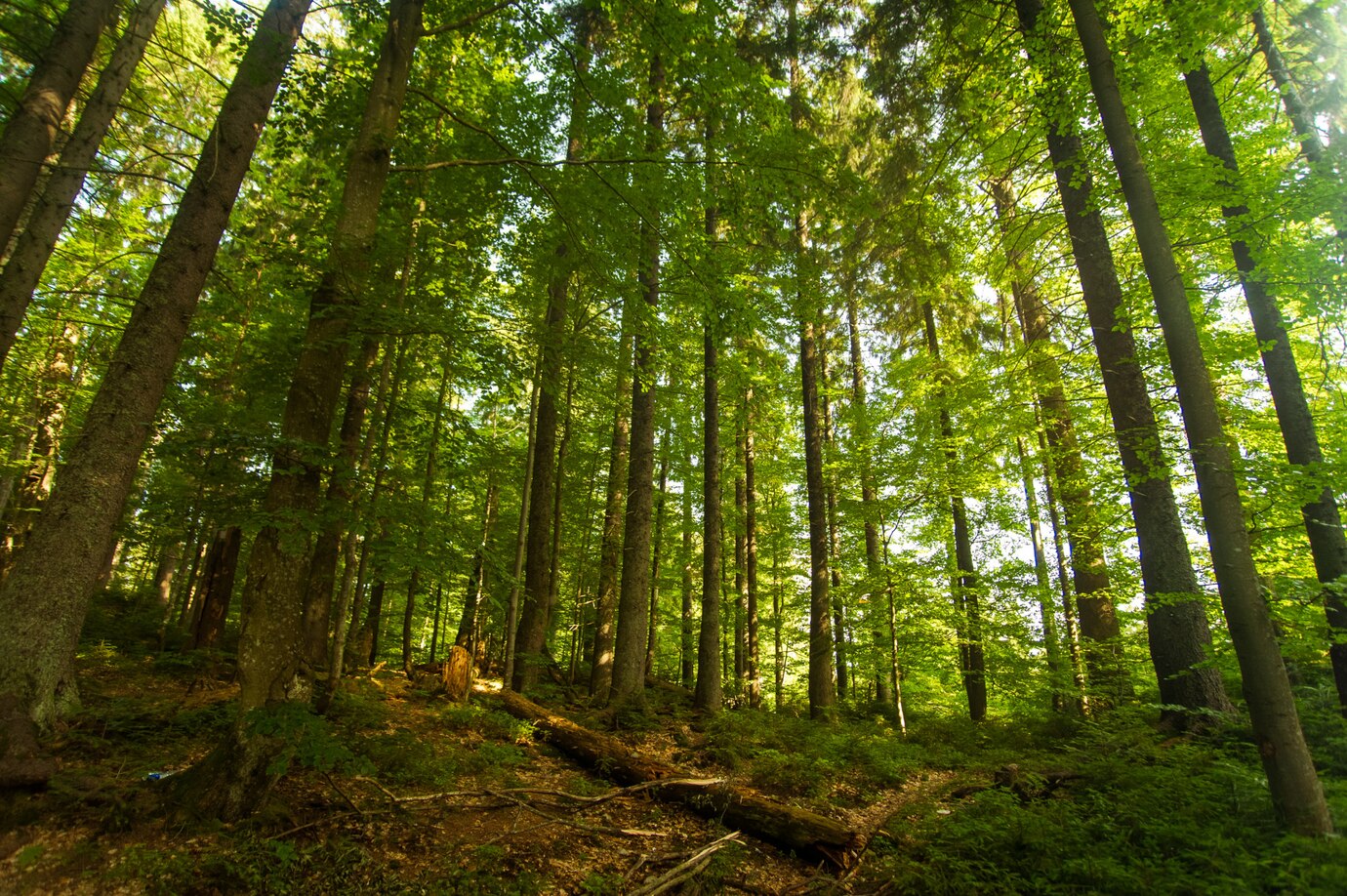
Freepik
Fireflies act as a “canary in a coal mine” for environmental health.
A decline in their population suggests other species in the same habitat are also at risk, indicating an unhealthy ecosystem.
Fireflies Play An Important Role As Predator And Prey
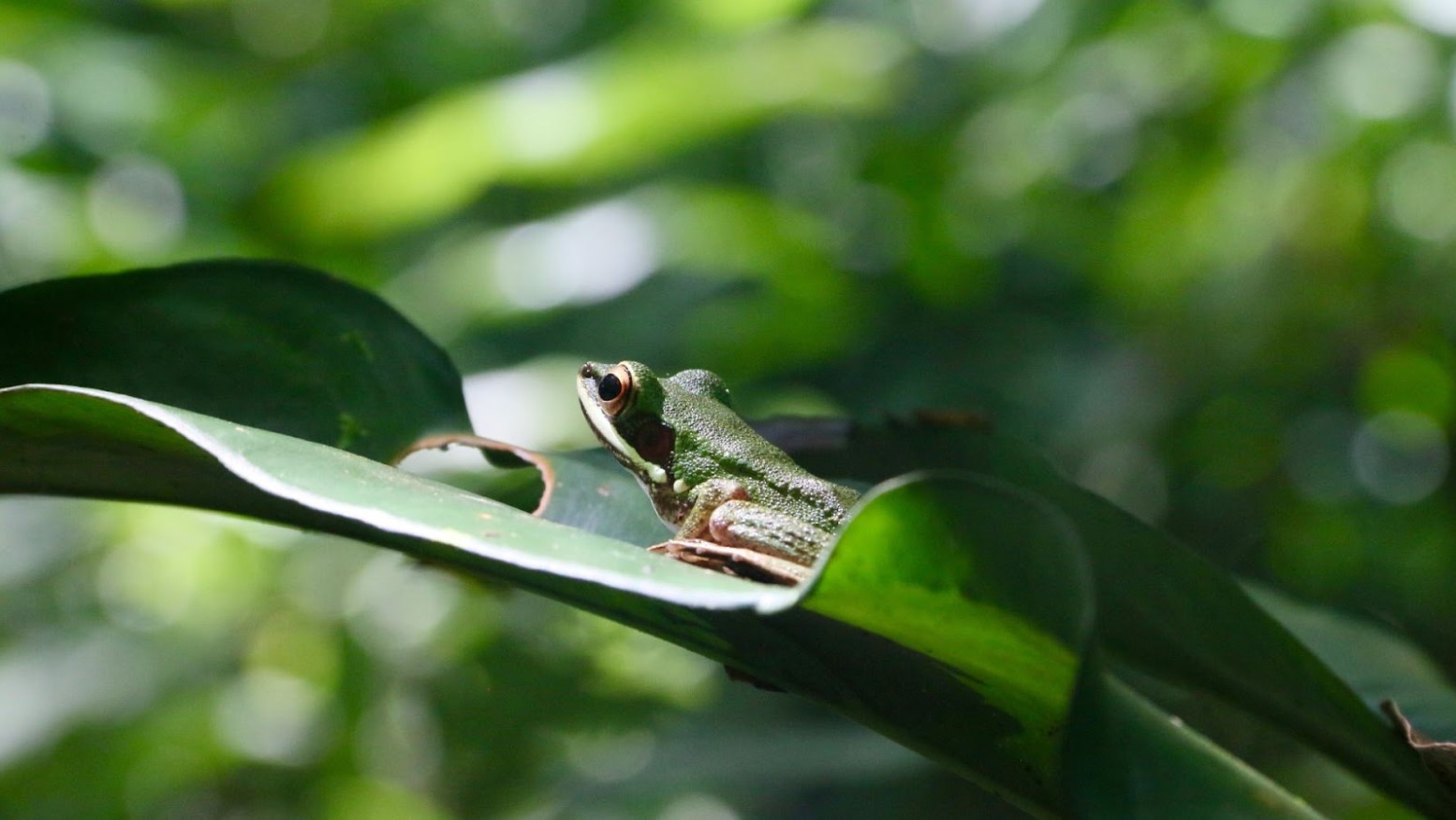
Fireflies also have a unique role in the food web, both as predators and prey. They eat soft-bodied invertebrates like slugs, snails, and earthworms, and serve as food for birds, spiders, and frogs.
This makes them essential for maintaining food-web stability.
Climate Change And Artificial Light Bad For Fireflies
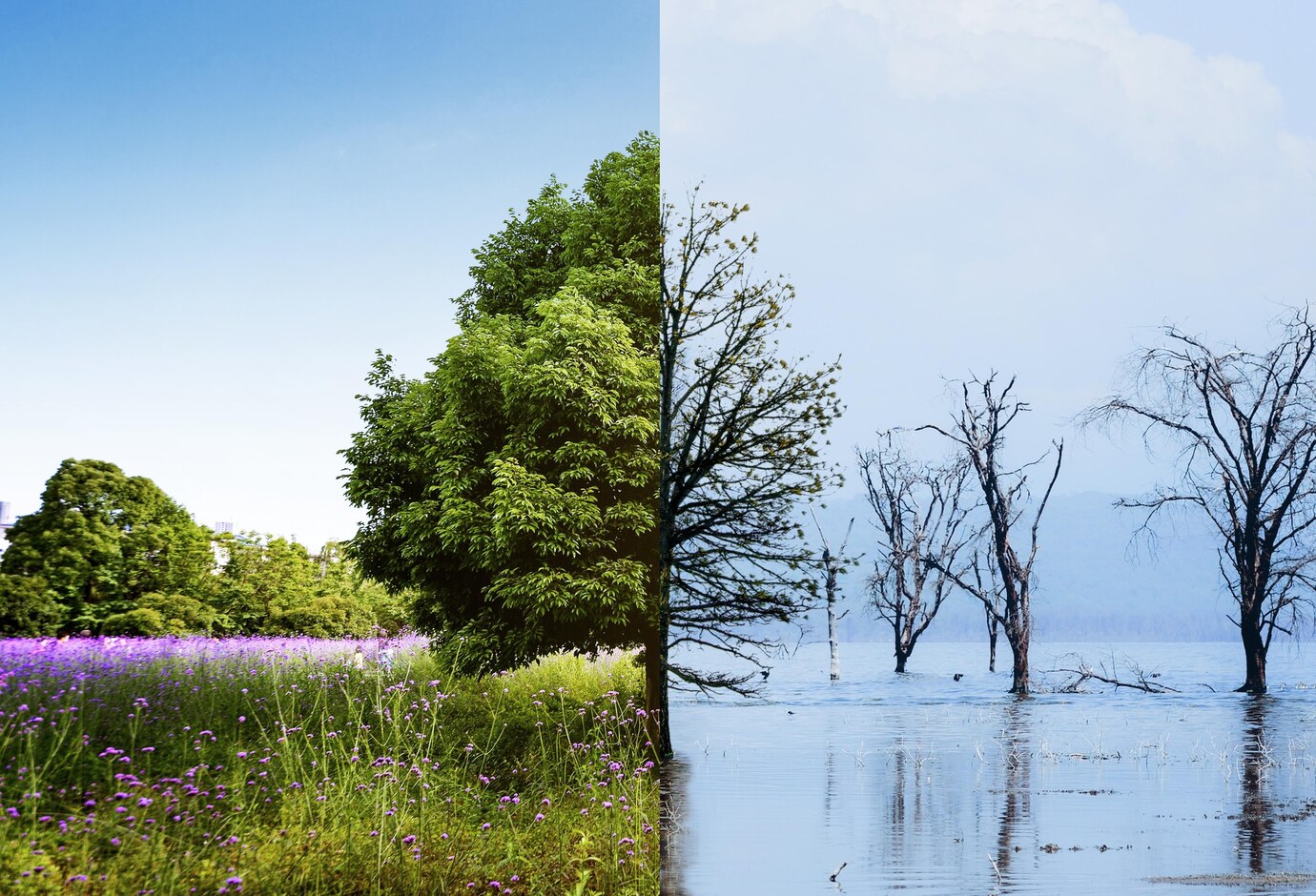
Unfortunately, firefly populations are threatened by climate change and artificial light pollution, which can “disorient, repel, or blind them.”
Nearly one-third of firefly species in the United States and Canada may face extinction, according to the Washington Post. “This is bad for the Earth [and] humans too,” warned Jusoh. “It is a sign of overdevelopment that can induce climate effects such as flood and drought.”
How Can We Help?
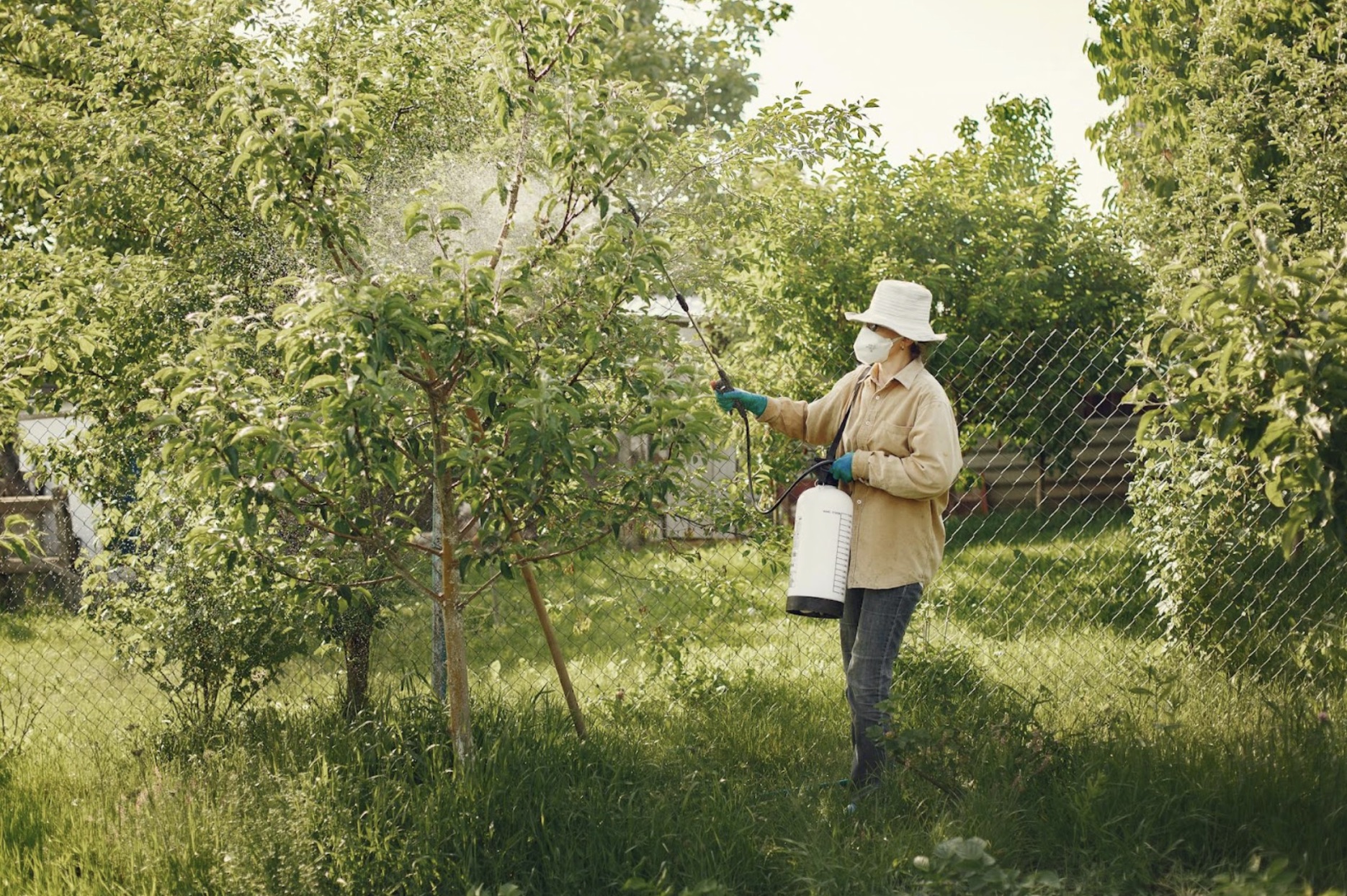
There are several ways to help fireflies. Avoid using pesticides and chemical fertilizers in your yard, as they are toxic to many organisms, including fireflies. Plant native trees and grasses and reduce mowing to support pollinators like bees.
Limiting the use of artificial lights at night also benefits fireflies and other nocturnal wildlife that rely on natural light for navigation and hunting. Additionally, leaving leaf piles undisturbed can help protect firefly larvae and other wildlife.
Many More Yet To Be Discovered

Freepik
Despite the challenges, many fireflies remain to be discovered. Jusoh has become a fierce advocate for fireflies and their preservation.
In Singapore, she discovered Luciola Singapora, the first new luminescent firefly species in the region in over a century.
Conservation of Fireflies Globally
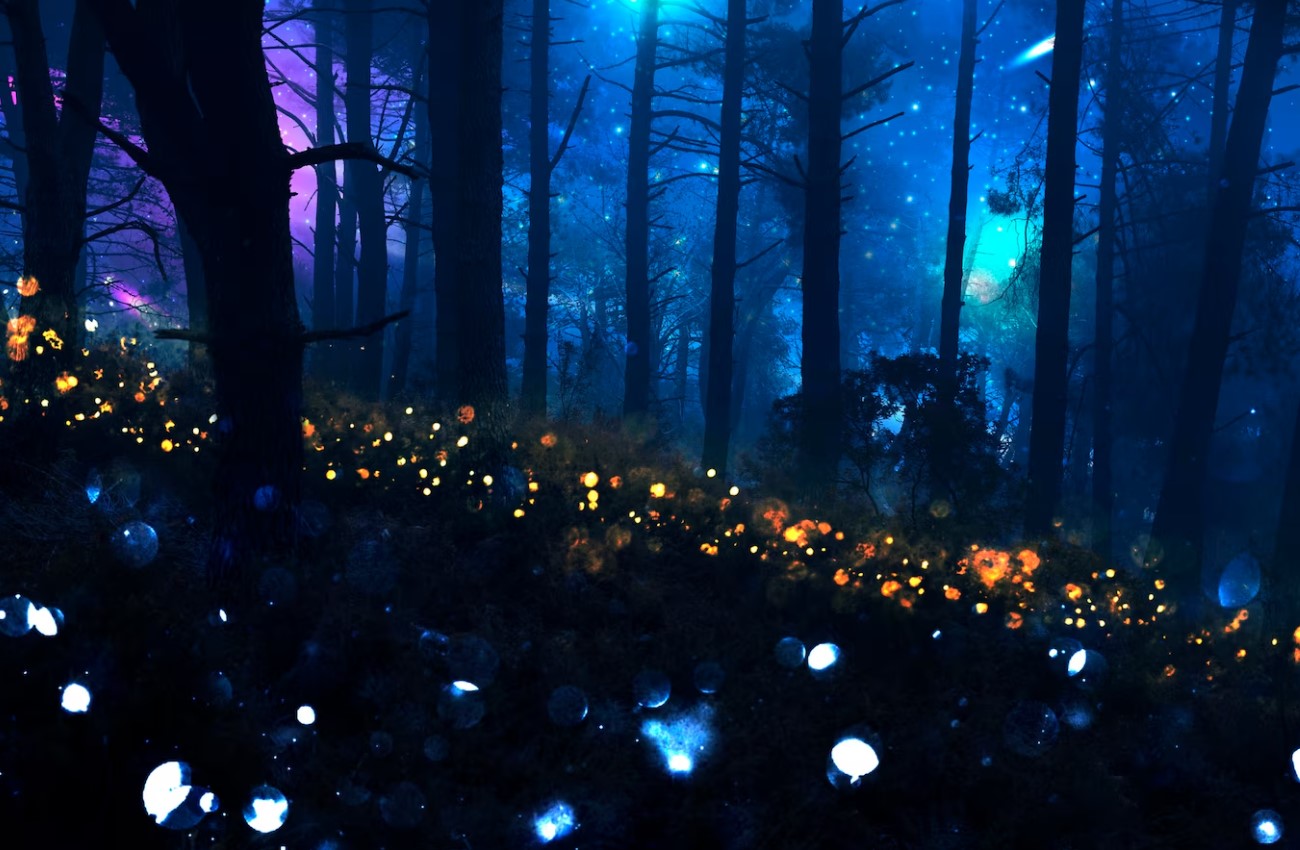
On another expedition, Jusoh and her team narrowly escaped a bask of crocodiles while collecting samples of new firefly colonies. Her mission is to identify and conserve firefly species worldwide.
“Imagine how many more remarkable firefly species are waiting to be found. … Fireflies need your help before they flash that one last time,” Jusoh said.








































